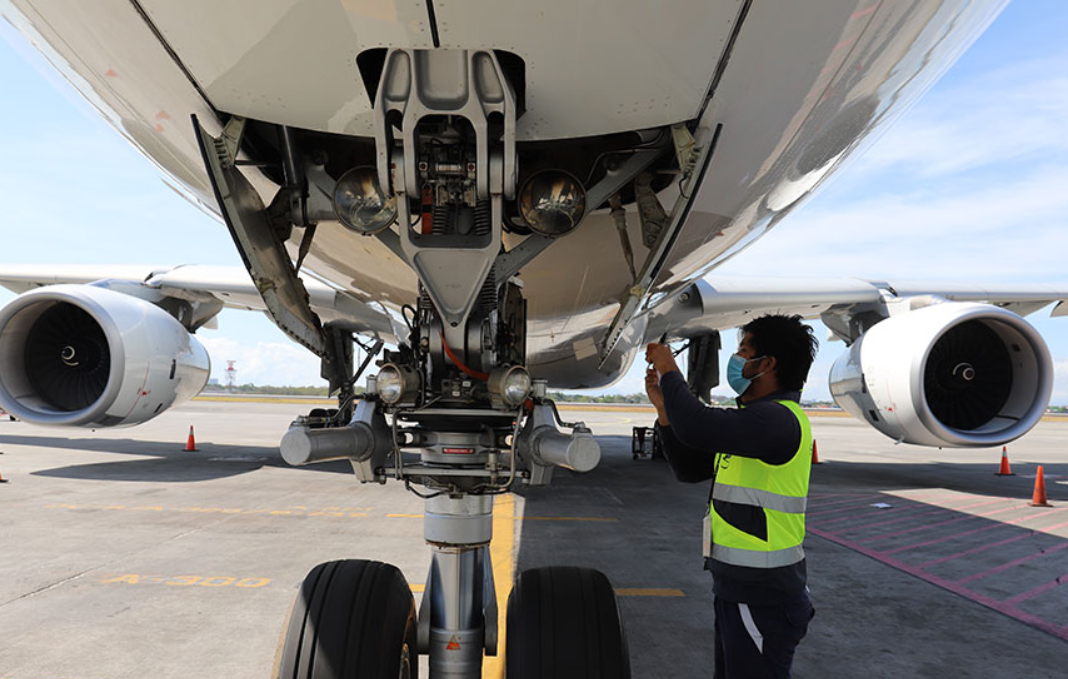If you’re considering a career as an aircraft mechanic in the Philippines, you’re likely wondering, How much is Aircraft Mechanic Salary Per Month in Philippine? The aviation industry is crucial to the country’s transportation and economic infrastructure, and skilled aircraft mechanics are essential for keeping planes safe, operational, and compliant with regulations.
In this guide, you’ll get a full breakdown of the monthly salary you can expect, what factors influence your pay, and how to grow in this high-demand profession. Whether you’re a student, an OFW thinking of coming home, or already in the industry and looking to benchmark your earnings, this article will give you the clarity you need.
What Is the Average Monthly Salary for Aircraft?
As of mid-2025, the average monthly salary for aircraft mechanics in the Philippines ranges from ₱25,000 to ₱45,000, depending on experience, employer, certifications, and location.
Here’s a basic breakdown:
| Experience Level | Monthly Salary Range |
|---|---|
| Entry-Level (0–2 years) | ₱18,000 – ₱28,000 |
| Mid-Level (3–6 years) | ₱30,000 – ₱45,000 |
| Senior/Highly Experienced | ₱50,000 – ₱70,000+ |
Note: Senior mechanics who work for major airlines or international MROs (Maintenance, Repair, and Overhaul companies) can earn even more, sometimes up to ₱90,000 per month, especially if they hold additional licenses or supervisory roles.

What Factors Affect an Aircraft Mechanic’s Salary?
Several factors influence how much you’ll earn each month:
1. Certification and Licensing
The Civil Aviation Authority of the Philippines (CAAP) requires that aircraft mechanics hold an Aircraft Maintenance License (AML). Mechanics licensed under Category A (airframe) and Category P (powerplant) typically earn more.
Having both A and P ratings can boost your pay by up to ₱10,000 – ₱15,000/month.
2. Employer Type
You’ll earn differently depending on where you work:
-
Commercial Airlines (e.g., PAL, Cebu Pacific): ₱35,000 – ₱60,000/month
-
Private/Charter Airlines: ₱25,000 – ₱45,000/month
-
Government (e.g., Philippine Air Force): ₱20,000 – ₱40,000/month
-
MRO Facilities (e.g., Lufthansa Technik, SIA Engineering): ₱30,000 – ₱70,000/month
3. Location
Jobs in Metro Manila, Cebu, and Clark typically pay more due to proximity to international airports and airline hubs. For example, a mechanic in Manila may earn ₱10,000 more per month than someone in a rural location.
4. Overtime and Shifts
Aircraft maintenance doesn’t follow a 9-to-5 schedule. If you’re willing to work night shifts or weekends, you’ll likely receive hazard pay or night differential bonuses that can add ₱5,000–₱10,000 monthly. Here we also give Flight Attendant Salary
Comparison with Related Aviation Jobs
It might help readers to see how aircraft mechanic salaries compare with:
| Job Title | Average Monthly Salary (₱) |
|---|---|
| Avionics Technician | 35,000 – 60,000 |
| Aircraft Mechanic | 25,000 – 45,000 |
| Line Maintenance Tech | 20,000 – 40,000 |
| Aircraft Technician (Unlicensed) | 15,000 – 25,000 |
Why it matters: This gives aspiring mechanics a realistic idea of income across different roles and where upskilling can take them.
Frequently Asked Questions
Is aircraft mechanic a high-paying job in the Philippines?
Compared to other technical trades, yes. Aircraft mechanics earn more than entry-level automotive or industrial technicians, especially once licensed.
Can Filipino aircraft mechanics work abroad?
Yes. Filipino aircraft mechanics are in demand in the Middle East, Singapore, and Europe. Overseas, they can earn ₱100,000–₱250,000/month, depending on the country and their certification level.
How long does it take to become a licensed aircraft mechanic in the Philippines?
It usually takes 3–4 years, including education, OJT, and passing the licensing exams.
Do aircraft mechanics get flight benefits?
If employed by an airline, yes. Some offer discounted or even free flights as part of the employee package.
If you’re passionate about aviation and have strong technical skills, becoming an aircraft mechanic can be a stable, well-paying, and globally marketable career. While the initial investment in education and training is significant, your earning potential increases substantially once you’re licensed and experienced.






